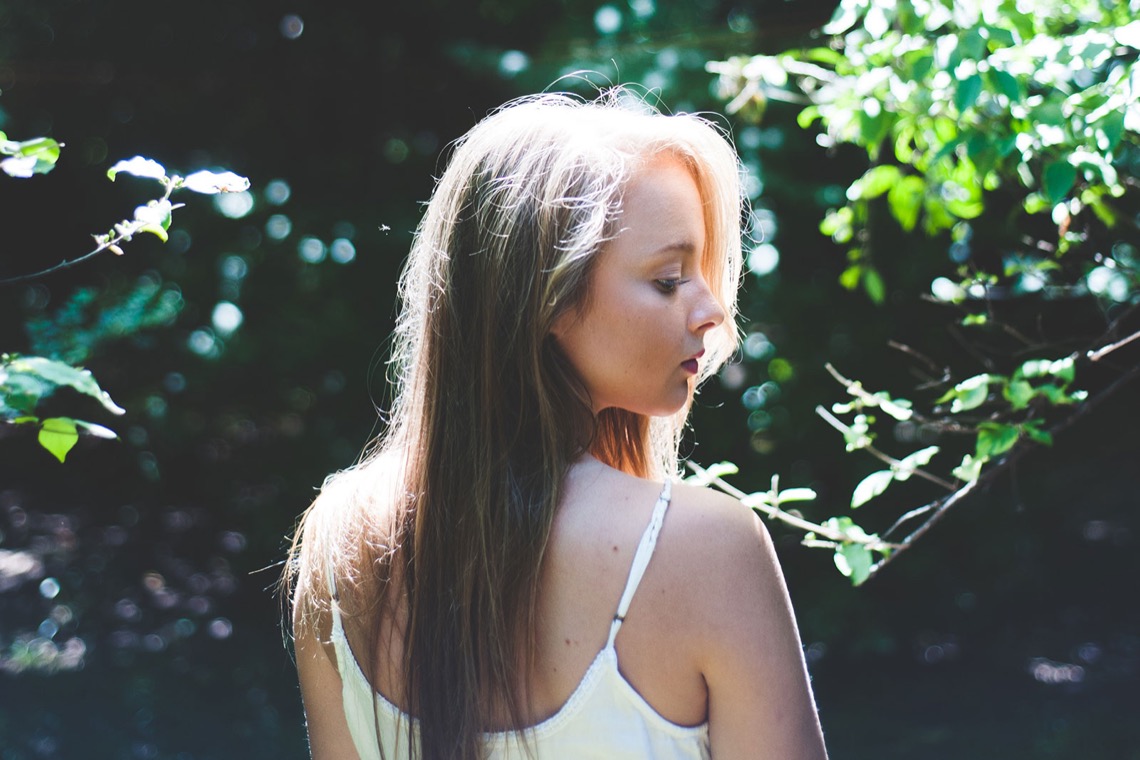A Glimpse into the Glamorous Roaring Twenties: 1920 Fashion Trends
Introduction:
The 1920s, famously known as the “Roaring Twenties,” were a decade of social and cultural transformation, and this transformation was vividly reflected in the fashion choices of the time. The post-World War I era brought with it a newfound sense of freedom and liberation, which had a significant impact on the clothing trends of the period. This article delves into the various fashion trends that characterized this glamorous and luxurious decade.
I. The Flapper Style – Revolutionary Fashion:
1. HTML Heading: The Flapper Look in the 1920s
2. Flappers and the Changing Role of Women
The 1920s witnessed a dramatic shift in societal norms, as more women began rejecting traditional roles and embraced their independence. This change in attitude was clearly manifested through the emergence of the flapper style. Flappers, daring and rebellious young women, were synonymous with the roaring twenties. Their fashion choices reflected a desire for freedom and a breakaway from societal constraints.
3. Iconic Silhouette and Excessive Use of Beads
HTML Heading: The Iconic Silhouette of Flapper Fashion
One of the most distinctive features of the flapper style was the straight and boyish silhouette. Gone were the constricting corsets and voluminous skirts of the previous era, replaced by loose and shapeless dresses. Flappers favored dropped waists with a low waistline, allowing for ease of movement and comfort.
Beaded embellishments were another defining characteristic of flapper dresses. These dresses were heavily adorned with intricate beadwork, creating an opulent and eye-catching effect. Beads were often used to design geometric patterns and enhance the overall glamour of the outfits.
4. Cloche Hats and Bobbed Hair
HTML Heading: Flapper Fashion Accessorized: Cloche Hats and Bobbed Hair
No flapper ensemble was complete without a cloche hat. These close-fitting, bell-shaped hats complemented the boyish silhouette and added a touch of elegance to the overall look. The cloche was often adorned with feathers, ribbons, or even flowers, accentuating the wearer’s individuality.
A hallmark of the flapper style was the bobbed haircut. Short, cropped hair became increasingly popular and represented a departure from the traditional societal norms associated with femininity. The bobbed hair perfectly complemented the flapper look and exuded confidence and vitality.
II. Art Deco Influence – Opulence and Luxury:
1. HTML Heading: Art Deco – The Influence on Fashion
2. Extravagant Fabrics and Embellishments
Art Deco, an artistic movement characterized by bold geometric shapes and intricate patterns, heavily influenced fashion during the twenties. Clothing became a canvas for decorative embellishments, with dresses and accessories adorned in sequins, fringes, and luxurious fabrics like silk and velvet. The opulence of the era was unquestionably reflected in the choice of materials and embellishments.
3. The Rise of the Evening Gown
HTML Heading: The Rise of the Evening Gown
The 1920s marked the era of the glamorous evening gown. Formal events became more lavish, and women embraced sophisticated and elegant attire. Evening gowns were often sleeveless, with low necklines and intricate beading or embroidery, epitomizing the spirit of the era. The dresses were designed to accentuate the natural curves of the body while providing freedom of movement for dancing and socializing.
III. Frequently Asked Questions (FAQs):
1. HTML Heading: Frequently Asked Questions (FAQs)
2. Q: Were trousers and pants popular among women in the 1920s?
A: Although trousers and pants were still primarily associated with menswear during this period, some women did begin to adopt them for more casual activities such as sports and leisure.
3. Q: How did fashion trends in the 1920s reflect social changes?
A: The fashion trends of the 1920s symbolized the shifting attitudes towards women’s roles and societal expectations. The flapper style, with its short skirts and bobbed hair, represented liberation and independence, while the opulence and luxury of Art Deco fashion reflected the newfound abundance and consumerism of the era.
4. Q: Did fashion in the 1920s only cater to the upper class?
A: Although some fashion trends of the 1920s were indeed expensive and exclusive to high society, mass production and the availability of affordable ready-to-wear clothing allowed fashion to reach a wider range of social classes.
Conclusion:
The 1920s fashion trends were a true reflection of the cultural, social, and economic changes that characterized the Roaring Twenties. The advent of the flapper style revolutionized the perception of women’s fashion, with its emphasis on freedom and expression. Art Deco influences highlighted the opulence and luxury of the era, while the popularity of evening gowns added a touch of glamour to formal events. The legacy of this glamorous decade can still be seen in the fashion trends of today, showcasing the lasting impact of the Roaring Twenties.




